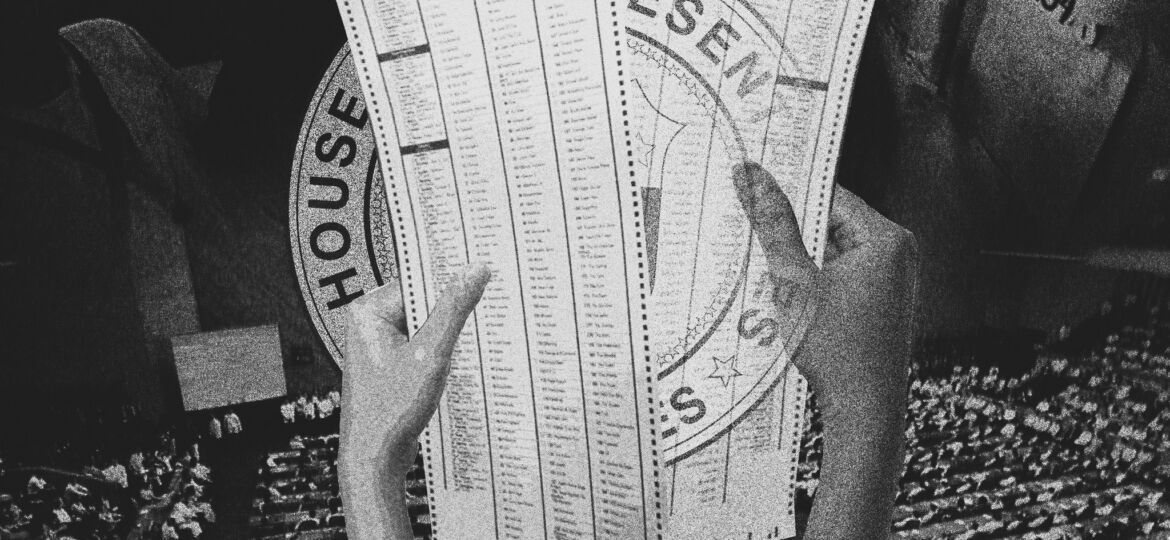
Party-List System in the Philippines is crucial for a fair and representative electoral process. This system ensures diverse representation and opportunities for various sectors to have their voices heard in the legislative landscape.
What are Party-List Representatives in the Philippines?
Party-List Representatives make up 20% of the total number of representatives in the country’s legislative body, elected through a system that allows national, regional, and sectoral parties or organizations to participate.1
What parties or organization may participate in the party-list system?
Three different parties or organizations may participate in the party-list system:
- National;
- Regional; and
- Sectoral.2
Do national and regional parties need to organize along sectoral lines or represent the marginalized sector to participate in a party-list system?
No. National and regional parties or organizations do not need to organize along sectoral lines, or represent any “marginalized or underrepresented” sector.
Can political parties participate in the party-list system?
Yes, political parties may participate in the party-list system provided:
- they register under the party-list system; and
- they do not field candidates in legislative district elections
Can a political party that participates in legislative district election still participate in a party list?
Yes, political parties can participate in party-list elections as long as they do so through an independent sectoral wing registered under the party-list system.
Note: The sectoral wing can be part of the political party’s coalition, but the former must be registered independently in the party-list system.3
What constitutes sectoral parties or organizations in the context of party-list system?
Sectoral parties or organizations may either be (a) “marginalized or underrepresented” (e.g., labor, peasant, fisherfolk); or (b) “lacking in well-defined political constituencies” (e.g., professionals, women, elderly, youth);
Note: The nominees of sectoral parties or organizations, of either type, must (a) belong to their respective sectors, or (b) have a track record of advocacy for their respective sectors. Majority of the members of a sectoral party, of either type, must belong to the sector they represent.4
What happens when the nominees of national, regional, or sectoral parties are disqualified?
National, regional, or sectoral parties or organizations shall not be disqualified if some of their nominees are disqualified, provided they have at least 1 nominee who remains qualified.5
What disqualifies parties from participating in the Party-List system?
Parties are disqualified if they are religious sects, foreign organizations, advocate violence or unlawful means, receive partisan support from foreign entities, violate election laws, provide false statements, cease to exist for at least a year, or fail to participate/get votes in the last two elections.6
Which sectors qualify for participation in the Party-List system?
The qualified sectors for sectoral parties are labor, peasant, fisherfolk, urban poor, indigenous cultural communities, elderly, handicapped, women, youth, veterans, overseas workers, and professionals. This qualification doesn’t apply to participating national or regional parties.7
What are the four parameters of the party-list system?
- 20% Allocation – 20% of the total number of the membership of the House of Representatives is the maximum number of seats available to party-list organizations.
- 2% Threshold – Garnering 2% of the total votes cast in the party-list elections guarantees a party-list organization one (1) seat.
- Additional Seats – The additional seats, that is, the remaining seats after allocation of the guaranteed seats, shall be distributed to the party-list organizations including those that received less than two percent of the total votes. This distribution will continue until all the seats have been filled.
- 3-Seat Cap – The three-seat cap is constitutional.8
The party-list system in the Philippines symbolizes the nation’s commitment to pluralism and inclusivity in governance. It underscores the essence of democracy by providing avenues for various sectors, irrespective of their economic status, to actively engage in the political process and contribute to the nation-building discourse.
- Sec. 5 (2) , Article VI of the 1987 Constitution ↩︎
- Atong Paglaum v. COMELEC, G.R. No. 203766 (2013), citing the 1986 Constitutional Commission Records ↩︎
- Id. ↩︎
- Id. ↩︎
- Id. ↩︎
- R.A. No. 7941 ↩︎
- Id. ↩︎
- Banat v. Comelec, G.R. No. 179271 (2009) ↩︎


